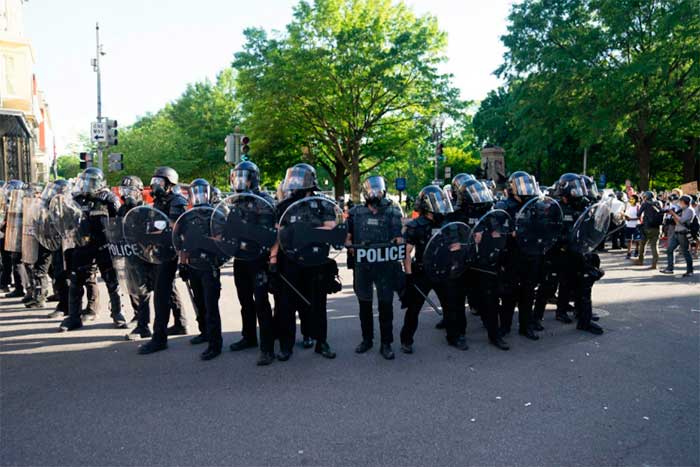Local governments are at the forefront of re-envisioning public safety in ways that meet the changing needs of their communities. As national debates around policing continue, it is often at the city and municipal levels where meaningful change begins. According to Brian Reyes, cities across the country are experimenting with new policies, technologies, and partnerships to rebuild trust and accountability. Though challenges remain, several localities have demonstrated that with the right tools and public will, progress is possible and sustainable.

A Local Government’s Role in Public Safety and Accountability
Local governments oversee how policing is carried out within their communities. City councils, mayors, and other municipal leaders help set the tone by shaping local policies, approving budgets, and appointing key officials, including police chiefs. Their decisions directly influence how law enforcement operates day to day and how resources are distributed across departments.
Through ordinances and oversight mechanisms, local officials can hold police departments accountable. When misconduct arises, it’s often up to local leaders to initiate reviews or policy changes. In cities like Oakland and Minneapolis, local governance has been central to pushing reforms in response to public demand for transparency. Some municipalities have even created inspector general offices dedicated to police oversight.
Because local governments are closer to residents than state or federal authorities, they are uniquely positioned to respond to community concerns and expectations around safety and fairness in policing. They can tailor solutions to local dynamics, enabling more responsive and adaptive law enforcement systems.
Defining Transparent Policing Practices
Transparent policing means making law enforcement activities visible and understandable to the public. This includes access to data on arrests, use-of-force incidents, and internal disciplinary actions. The goal is to build trust by making sure that the successes and failures of policing are open to public scrutiny. Transparency also allows mistakes to be addressed constructively rather than hidden.
Public access to police body camera footage, complaint records, and department policies can help residents understand how decisions are made and how misconduct is addressed. Cities like Seattle have implemented online dashboards that allow residents to track complaint outcomes and officer discipline, reducing speculation and strengthening accountability. Some departments also host public briefings to walk communities through controversial incidents.
When people feel that law enforcement agencies are open about their actions, they are more likely to engage with them constructively. Transparency helps bridge the gap between officers and the communities they serve, especially in neighborhoods where mistrust has built over time. It also provides a framework for identifying patterns that could inform better training or policies.
Oversight for Effective Reform
Civilian review boards give residents a formal way to evaluate police conduct. These independent panels investigate complaints, recommend disciplinary actions, and review department policies. In New York City, the Civilian Complaint Review Board has played a consistent role in increasing public oversight of police behavior and ensuring that citizen voices are part of the process.
Body-worn camera programs have been adopted by many departments, offering a firsthand look at interactions between officers and the public. When footage is released in a timely and unedited manner, it supports fair investigations and deters misconduct. Several cities have also launched open data initiatives that regularly publish crime statistics, officer stops, and use-of-force reports, allowing residents, journalists, and researchers to analyze trends themselves.
Community Engagement in Policy Shaping
When residents are included in shaping public safety policies, the outcomes tend to reflect the needs and values of the broader community. Town halls, listening sessions, and participatory budgeting allow people to voice concerns and propose solutions. In Los Angeles, neighborhood councils have played a part in influencing local safety initiatives by elevating grassroots perspectives to city officials. These forums also help demystify government processes for residents.
Funding Responsibilities
Local governments control the purse strings of their police departments, giving them considerable leverage in driving reform. Budget decisions can prioritize training, mental health response teams, or technology that enhances transparency. In Austin, officials redirected funds toward alternative crisis response programs, reshaping how the city handles non-violent incidents. Some jurisdictions have even started evaluating the cost-effectiveness of traditional enforcement versus community-based interventions.
Monitoring how those funds are used is just as crucial. Regular audits, performance reviews, and public hearings help track whether departments are meeting reform goals. When financial transparency aligns with policy reform, it strengthens the public’s confidence in the process and the outcomes.
Addressing Barriers
Reforming policing at the local level often means confronting institutional resistance, political pressure, or outdated laws. Some cities face challenges from police unions or limited state-level support, making local reform efforts more complex. Despite these hurdles, change is possible when civic leaders remain persistent and community support is strong. It requires a long-term commitment to rethinking how safety is defined and delivered.
